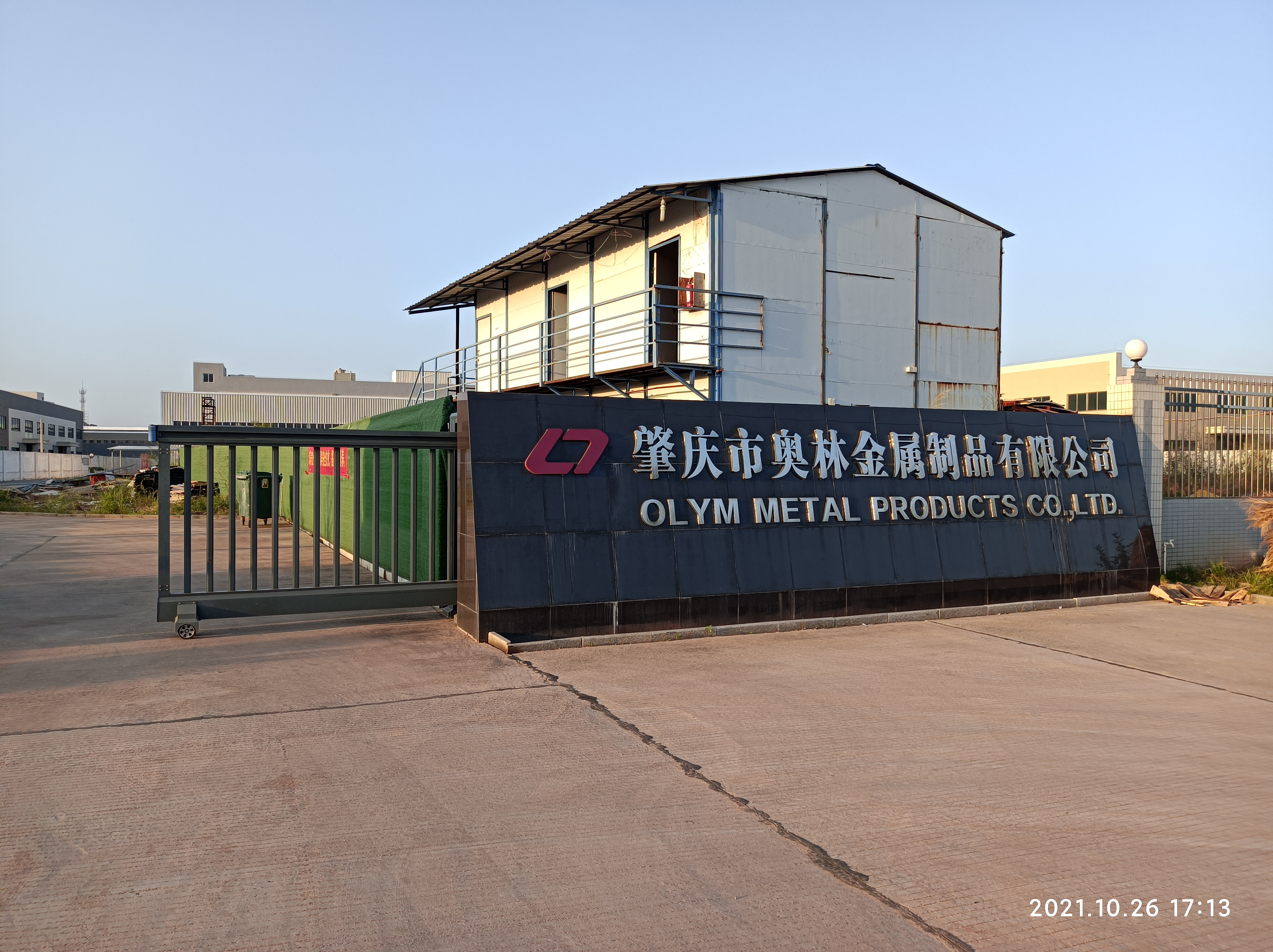for machine parts requiring higher strength, plasticity and toughness, steel castings are required. the output of steel castings is second only to cast iron, accounting for about 15% of the total output of castings.
first,according to chemical composition, cast steel can be divided into two categories: carbon steel and alloy steel. among them, carbon cast steel is the most widely used, accounting for more than 80% of the total output of cast steel.
1. carbon cast steel
generally, low-carbon steel zg15 has a higher melting point and poor casting performance, and is only used to manufacture motor parts or carburized parts; medium-carbon steel zg25~zg45 have comprehensive properties higher than all kinds of cast iron, that is, high strength and excellent performance. due to its plasticity and toughness, it is suitable for manufacturing parts with complex shapes, high strength and toughness requirements, such as train wheels, forging hammer stands and anvils, rolls and high-pressure valves. it is the most widely used type of carbon cast steel; the high-carbon steel zg55 has a low melting point, and its casting performance is better than that of medium-carbon steel, but its plasticity and toughness are poor, and it is only used to manufacture a few wear-resistant parts.
2.alloy cast steel
according to the total amount of alloying elements, alloy cast steel can be divided into two categories: low alloy steel and high alloy steel.
1)low-alloy steels mainly use manganese series, manganese silicon series and chromium series in my country. such as zg40mn, zg30mnsi1, zg30cr1mnsi1, etc. it is used to manufacture parts such as gears, hydraulic press working cylinders and hydraulic turbine rotors, while zg40cr1 is commonly used to manufacture important stress parts such as high-strength gears and high-strength shafts.
2)high alloy steel, with special properties such as wear resistance, heat resistance or corrosion resistance. for example, high manganese steel zgmn13 is a kind of anti-wear steel, mainly used to manufacture parts used under dry friction working conditions, such as the front wall and grab teeth of excavators, crawlers of tractors and tanks, etc.; chromium-nickel stainless steel zg1cr18ni9 and chromium stainless steel zg1cr13 and zgcr28, etc., have high corrosion resistance to nitric acid, and are mainly used to manufacture chemical, petroleum, chemical fiber and food equipment parts.
second ,casting process characteristics of cast steel
cast steel has higher mechanical properties than cast iron, but its casting properties are worse than cast iron. because of the high melting point of cast steel, the molten steel is easy to oxidize, the fluidity of molten steel is poor, and the shrinkage is large. its body shrinkage rate is 10-14% and linear shrinkage is 1.8-2.5%. in order to prevent defects such as insufficient pouring, cold separation, shrinkage and porosity, cracks and sand sticking of steel castings, more complicated process measures than cast iron must be adopted:
1. due to the poor fluidity of molten steel, in order to prevent cold barriers and insufficient pouring of steel castings, the wall thickness of steel castings should not be less than 8mm; the structure of the pouring system should be simple and the cross-sectional size is larger than that of cast iron; dry casting is used or hot mold; appropriately increase the pouring temperature, generally 1520°~1600°c, because the pouring temperature is high, the molten steel has a high degree of overheating, and the liquid state is maintained for a long time, and the fluidity can be improved. however, if the pouring temperature is too high, it will cause defects such as coarse grains, thermal cracks, pores and sand sticking. therefore, the casting temperature of small, thin-walled and complex-shaped castings is about the melting point temperature of steel + 150°c; the casting temperature of large, thick-walled castings is about 100°c higher than its melting point.
2. since the shrinkage of cast steel greatly exceeds that of cast iron, in order to prevent shrinkage holes and shrinkage defects in castings, risers, chilled iron, and subsidies are mostly used in the casting process to achieve sequential solidification.
in addition, in order to prevent the occurrence of shrinkage holes, shrinkage porosity, pores and cracks in the steel castings, the wall thickness should be uniform, sharp corners and right-angle structures should be avoided, saw foam should be added to the casting sand, coke, and coke should be added to the core. and the use of hollow cores and oil sand cores to improve the retreatability and air permeability of sand molds or cores.

